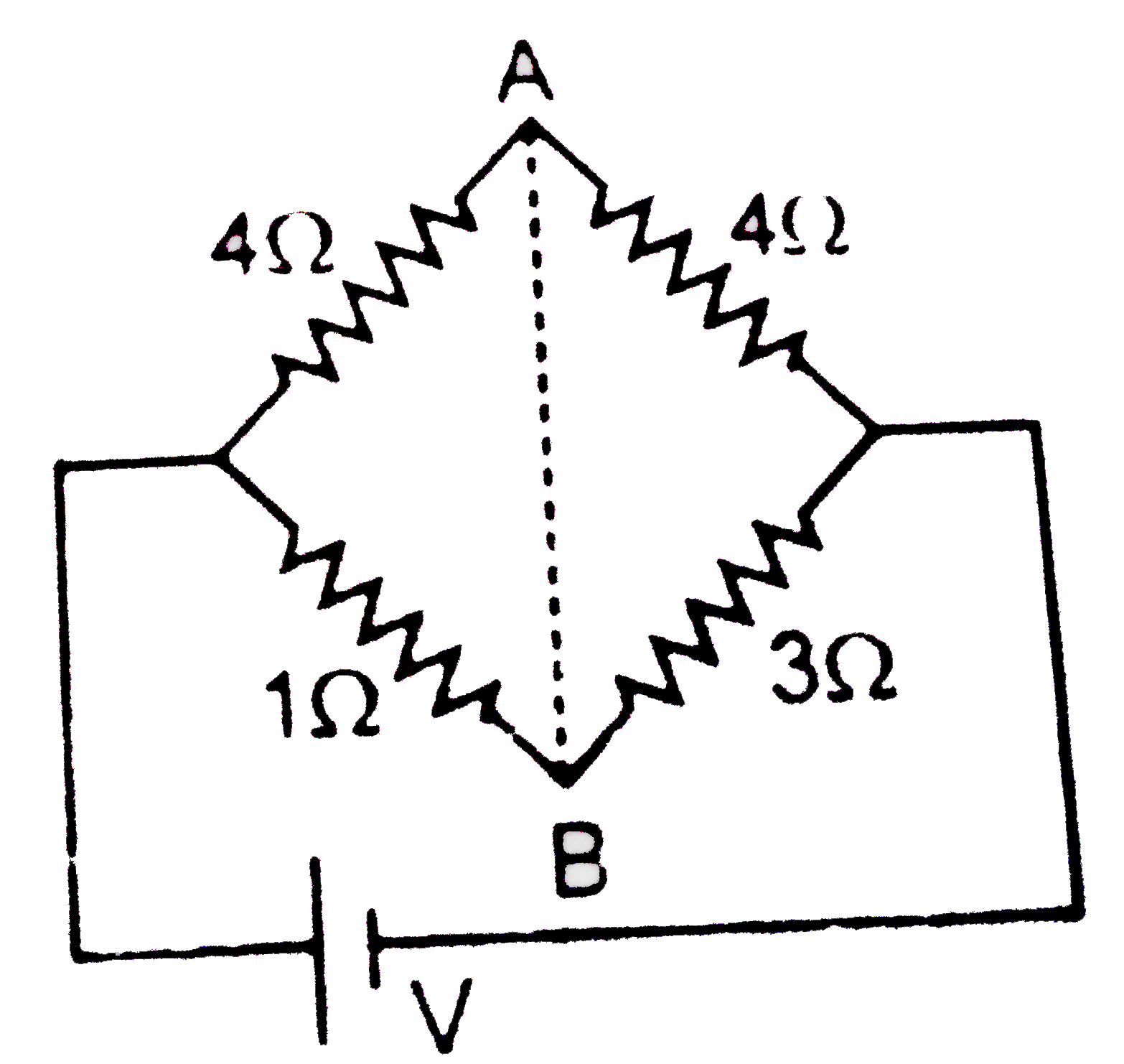Connect the circuit as shown in figure Connect a copper wire, thicker and straight as compared to the connecting wires, between A and B. Keep a magnetic needle adjacent to the wire. Keep the plug key open in the circuit and observe the direction of the needle. Close the plug key and observe the direction of the needle. What do you notice? Now interchange the connecting wires connected to the cell and observe the direction of the magnetic needle. Do you notice any relation between the direction of current and position of the needle?

What do you learn from this experiment?
Video Solution
Text Solution
The magnetic effect is observed because of the current in the wire. This means electricity and magnetism are closely related! Also, if a magnet is moved and kept moving, we will observe electric effect.
|
Updated on:21/07/2023
Topper's Solved these Questions
- BOOK - NAVNEET PUBLICATION - MAHARASHTRA BOARDCHAPTER - EFFECTS OF ELECTRIC CURRENT EXERCISE - Find out1videos
EFFECTS OF ELECTRIC CURRENT
- BOOK - NAVNEET PUBLICATION - MAHARASHTRA BOARDCHAPTER - EFFECTS OF ELECTRIC CURRENT EXERCISE - Use your brain power2videos
EFFECTS OF ELECTRIC CURRENT
- BOOK - NAVNEET PUBLICATION - MAHARASHTRA BOARDCHAPTER - EFFECTS OF ELECTRIC CURRENT EXERCISE - Observe and Discuss2videos
EFFECTS OF ELECTRIC CURRENT
- BOOK - NAVNEET PUBLICATION - MAHARASHTRA BOARDCHAPTER - DISTINGUISH BETWEEN THE FOLLOWINGEXERCISE - Animal Classification1videos
DISTINGUISH BETWEEN THE FOLLOWING
- BOOK - NAVNEET PUBLICATION - MAHARASHTRA BOARDCHAPTER - EXPLANATION AND GIVING CONCEPTS EXERCISE - ANIMAL CLASSIFICATION2videos
EXPLANATION AND GIVING CONCEPTS
Similar Questions
Knowledge Check
- Question 1 - Select One
A fuse wire is always connected to the
Aearth wireBneutral wireClive wireDnone of these - Question 2 - Select One
A fuse wire is always connected to the
Aline wireBearth wireCneutral wireDnone of these - Question 3 - Select One
A straight conducting wire is placed parallel to and over a compass needle. The deflection in the needle
Abecomes opposite when the direction of the current is reversedBremains in the same direction even on reversing the direction of currentCkeeps fluctuating of passage of current in any directionDIs negligible on reversing the direction of current
Fuses should be connected to the neutral wire
View SolutionWhy are copper wires used as connected wires ?
View SolutionList the colours of the three wires in the cable connected to the plug of an electric iron.
View SolutionIn the circuit shown if a conducting wire is connected between points A and B, the current in this wire will :-
 View Solution
View SolutionIn the circuit of a condacting wire is connected between point A and B the current is this wire will
 View Solution
View Solution


